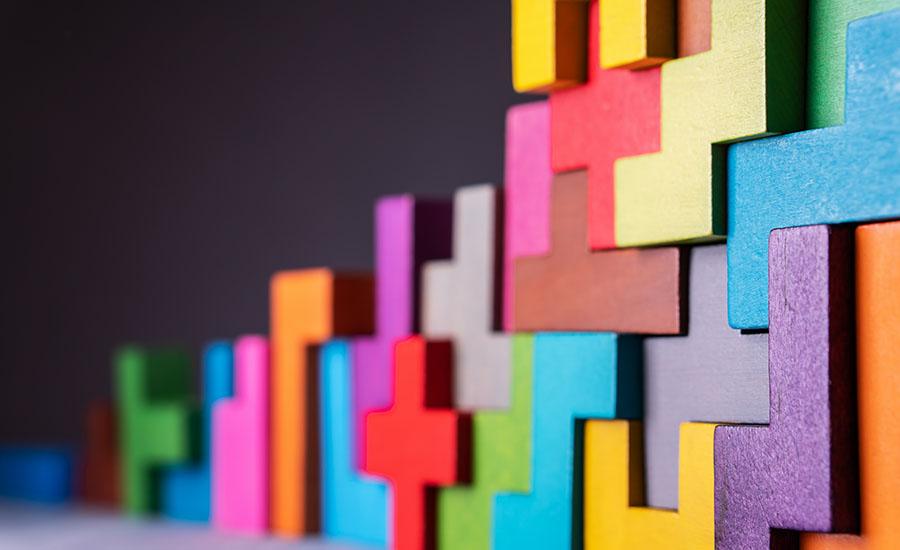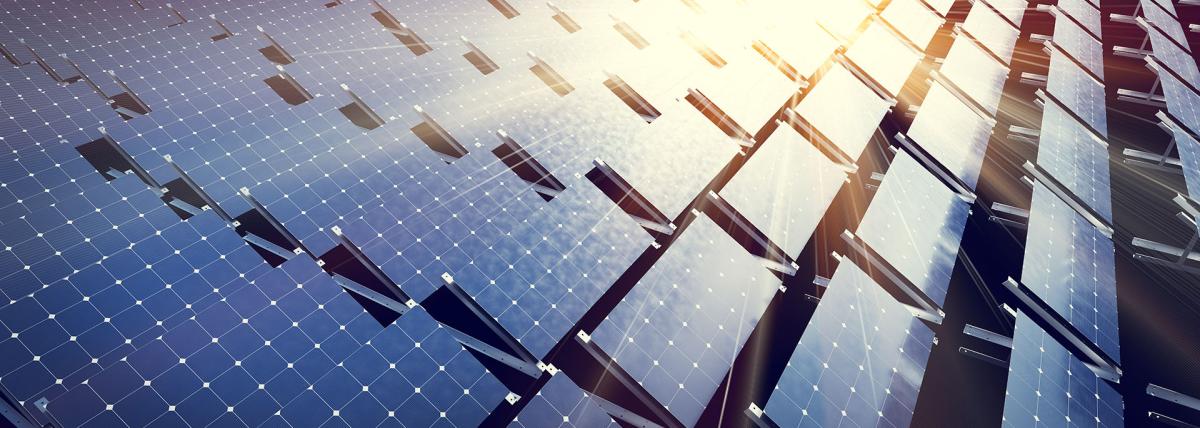
Exploring Matter through 3D Printing with MakerBot
by Tiffany Abney
Students will investigate the properties of different types of matter and apply the concept of "P1: Matter" to design, model, and 3D print an object using a MakerBot 3D printer.
Hands-On STEM Design Challenge: The lesson includes a practical, hands-on design challenge where students collaborate in teams to solve a specific problem or address a challenge using their understanding of "P1: Matter."
Lesson Plan Link/URL
https://docs.google.com/presentation/d/1-mFp661wcepxs3QVHYVzhwsZ0aT514fpwNi0k4k…Subject Area
Science Physical Science P1: Matter Technology 1. Empowered Learner 2. Digital Citizen 3. Knowledge Constructor 4. Innovative Designer 5. Computational Thinker 6. Creative Communicator Engineering S2: Apply the Engineering Design Process S3: Apply Mathematics to Engineering S4: Apply Science to Engineering S5: Apply Technology to Engineering S6: Apply Communications to Engineering Mathematics Number and Operations in Base Ten (NBT) Measurement and Data (MD) Geometry (G) Ratio and Proportion (RP)
Featured
Off
Related Content

Grades:
6th Grade
In this unit, students will study the effects of air pollution and engineer an environmentally friendly air filter to reduce pollutants in the air using common household items and recycled materials

Grades:
9th Grade, 10th Grade, 11th Grade, 12th Grade
Using the Introduction to Hydroponics lab, introduce students to the features of the Hydroponic Systems. Students will explore the different types of grow mediums and grow lights used in the systems

Grades:
9th Grade, 10th Grade
This lesson plan focuses around 4 key topics, with activities for each. The plan covers renewable energy, solar energy, why solar energy is important, and what the children can do to conserve energy